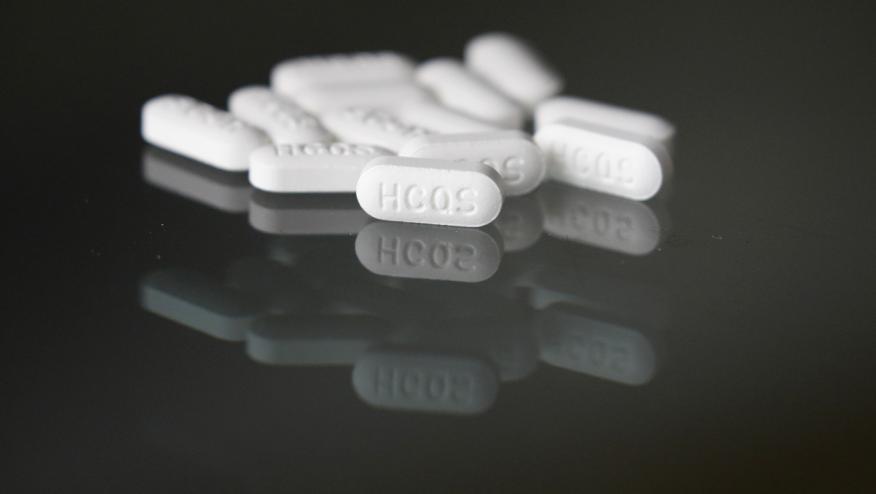Danger with Hydroxychloroquine Nonadherence in SLE Save

A large cohort study shows that severe non-adherence to hydroxychloroquine (HCQ) results in serious risks for SLE flares, damage, and mortality.
Research data was derived from the multinational SLICC Inception Cohort that assessed nonadherence by serum HCQ levels after at least 3 months of HCQ threatment. Severe non-adherence was defined by a serum HCQ level <106 ng/ml or <53 ng/ml, for HCQ doses of 400 or 200 mg/d, respectively.
This was a substudy of 660 SLE patients from the total cohort of 1849 subjects.
Median serum HCQ was 388 ng/ml (244–566), with 48 patients (7.3%) having severe HCQ non-adherence. No clinical covariates were significantly associated with severe non-adherence. But, severe HCQ non-adherence (106 ng/ml) was independently associated
- SLE flares (OR 3.38; 95% CI 1.80–6.42)
- Increase in the SLICC Damage Index (SDI) within each of the first 3 years (HR 1.92 at 3 years; 95% CI 1.05–3.50).
- Mortality: Eleven patients died within 5 years, including 3 with severe non-adherence (crude HR 5.41; 95% CI 1.43–20.39).
Severe HCQ non-adherence was independently associated with SLE flares, organ damage and 5-year mortality.










If you are a health practitioner, you may Login/Register to comment.
Due to the nature of these comment forums, only health practitioners are allowed to comment at this time.